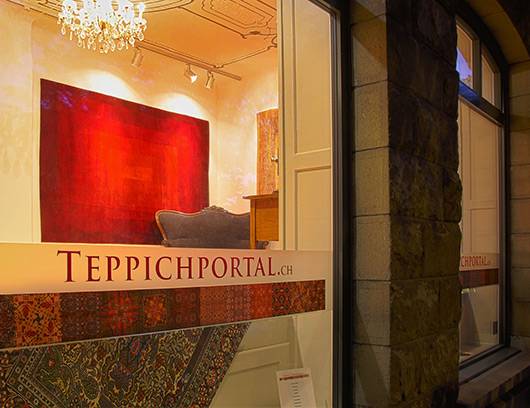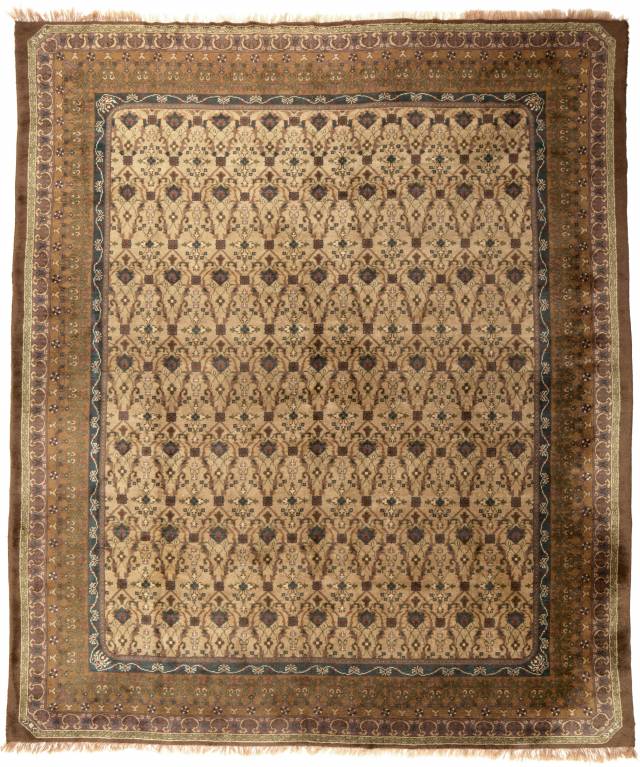Kinheim Beverwijk
Item No.: 330095
Origin: Europe
Size: 407 x 363 cm
Category: Rug & Carpet
Age: Antique
Material: Wool and Cotton
Culture: Workshop
Usage: Collection
Condition: Professionally cleaned
CHF 12'500.00 - delivery 3-5 days
CHF 24'500.00
Kinheim Beverwijk
Item No.: 330095
Origin: Europe
Size: 407 x 363 cm
Category: Rug & Carpet
Age: Antique
Material: Wool and Cotton
Culture: Workshop
Usage: Collection
Condition: Professionally cleaned
CHF 12'500.00 - delivery 3-5 days
CHF 24'500.00
Underlay:
Description:
Handtapijtknoperij Kinheim in Beverwijk from 1910 to 1973 Hendrik Godefridus Polvliet started the Tapijtknoperij "Kinheim" on 1 September 1910 at Zeestraat 104 in Beverwijk, according to the trade register. Originally, the business was located on Vondellaan in Beverwijk, then called Spargielaan. His wife, Mrs C.M. Polvliet - Van Hoogstraaten (1883-1966), had already started the "Kinheim" hand carpet knitting shop there in 1909. On a small scale, carpets were knotted by hand here. The couple came into contact with carpet knitting in Morocco, where they stayed for some time due to Mr Polvliet's health. Mr Polvliet had been advised to spend long periods of time in dry warm countries due to repeated asthma attacks. Here, Ms Polvliet taught herself knotting and weaving techniques and copied many patterns. Initially, the carpets were sold to family and acquaintances. The orders soon poured in and partly due to Mrs Polvliet-van Hoogstraten's knowledge, the business grew enormously; after a year, in 1911, it moved to Zeestraat and had a dozen girls working. A large order (15 carpets) for the Peace Palace in 1913 could only be carried out in a larger studio. The enterprising couple had a 144-metre-long wooden workshop built behind the house on Zeestraat 104. Now large carpets could be hand-knotted behind the residence. Within 10 years, the company was already well known throughout the Netherlands for its quality and artistic originality. Its own designs in Oriental motifs quickly found their way into boats, palaces, residential cities and council chambers. On 19 May 1926, the company acquired the designation 'Royal'. The founder did not live to see this crowning achievement himself, as he died on 17 June 1923. His widow, Cornelia Maartina Polvliet-Hoogstraaten, continued the company. The new name became Koninklijke Handtapijtknoperij 'Kinheim'. Besides work for private individuals, it made numerous carpets for Dutch passenger ships, such as the Johan de Witt (designed by Lion Cachet), the Nieuw-Amsterdam and many others. Furthermore, municipal and provincial administrations provided important commissions. An older Example from before 1920
Inscription:
Trondheim and Swastika











